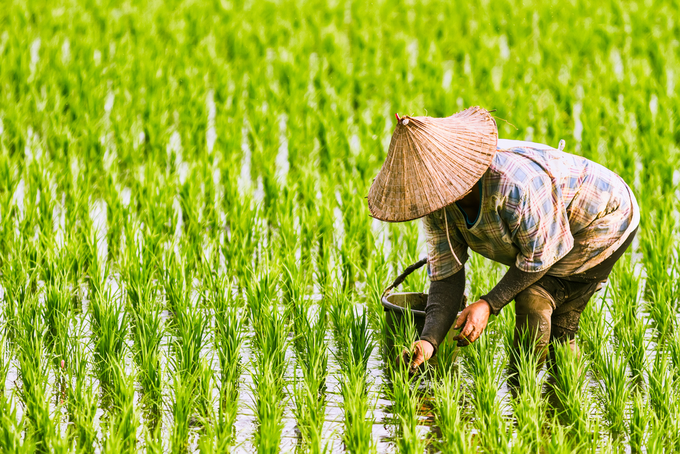Tags
Probe high rice prices, says Planning Commission
Star Business Report

Spiralling prices of rice, central to the daily diet of millions of Bangladeshis, are emerging as the principal driver of food inflation, defying broader disinflationary trends and prompting calls from policymakers for a deep dive into the cause.
According to the Planning Commission’s General Economics Division (GED), the impact of rice on food inflation rose to 50 percent in June from 40 percent in May. In its July Economic Update and Outlook, released yesterday, the GED noted that medium-grade rice alone accounted for a quarter of the total food inflation that month.
“Inflation in rice varieties has been steadily increasing over the last twelve months, with no sign of falling,” the report observed.
Headline inflation has been on a downward trajectory since December 2024, bringing it closer to the Bangladesh Bank’s target of 7–8 percent by June 2025, as outlined in the current monetary policy. Food inflation, too, has fallen for seven consecutive months, standing at 7.39 percent in June.
Yet rice, the nation’s most essential staple, appears immune to the broader trend.
Yesterday, the price of coarse rice, the benchmark used to monitor rice prices, was up 4.55 percent from the previous month, trading at Tk 55–Tk 60 per kilogram, according to the Trading Corporation of Bangladesh.
“The yield of Boro paddy did not impact overall rice prices at all,” the GED pointed out, suggesting that despite improved supply, retail prices remained high.
The economic update, citing a US Department of Agriculture report on Bangladesh, said the average price of coarse rice reached its highest in November 2024 in the last decade.
As per the GED, several factors are likely to have contributed to the persistent price rises: higher costs of fertiliser, seeds, labour, and irrigation; post-harvest losses; rising transport costs; market volatility; and hoarding driven by expectations of further increases.
“This demands further investigation into whether there is an actual shortage of supply or disruptions in the supply chain in the market,” it stated.
Economy recovering, but slowly
Beyond food prices, the GED offered a mixed assessment of Bangladesh’s broader economic outlook.
In the economic update, it stated that the first month of the fiscal year (FY) 2025–26 indicates promise for rebounding economic activity, despite ongoing challenges.
The division, which deals with macroeconomic management, trade, and fiscal policy regimes, also stated that Bangladesh’s economy faces challenges this fiscal year, including limited reserves, strained investor confidence, and potential impacts from global trade tensions and geopolitical instability.
“Various projections suggest a period of slower growth, with ongoing economic and political challenges,” it said, citing projections by the World Bank and the Asian Development Bank.
“Key factors influencing this outlook include political uncertainty, subdued investment and industrial activity, high inflation, and external global headwinds in the context of reciprocal tariff imposition by the US,” the update said.
It noted that Foreign Direct Investment (FDI) remains critically low and is expected to remain at this level in the coming months. “Subdued investment and industrial activity are cited as major contributors to slower growth.”
The division said the external sector shows resilience, with a significant increase in remittances, a slight appreciation of the taka against the dollar, and a rebound in merchandise commodity exports.
However, limited fiscal space due to a low level of revenue collection hinders expected public investments. A provisional estimate from the National Board of Revenue (NBR) suggests a shortfall from the revenue target by a wider margin.
“Revenue mobilisation efforts were hampered in June due to a disruption of service resulting from an ongoing reform initiative.”
https://www.thedailystar.net/business/news/du-set-major-overhaul-tk-2840cr-project-3948996Published Date: July 28, 2025






